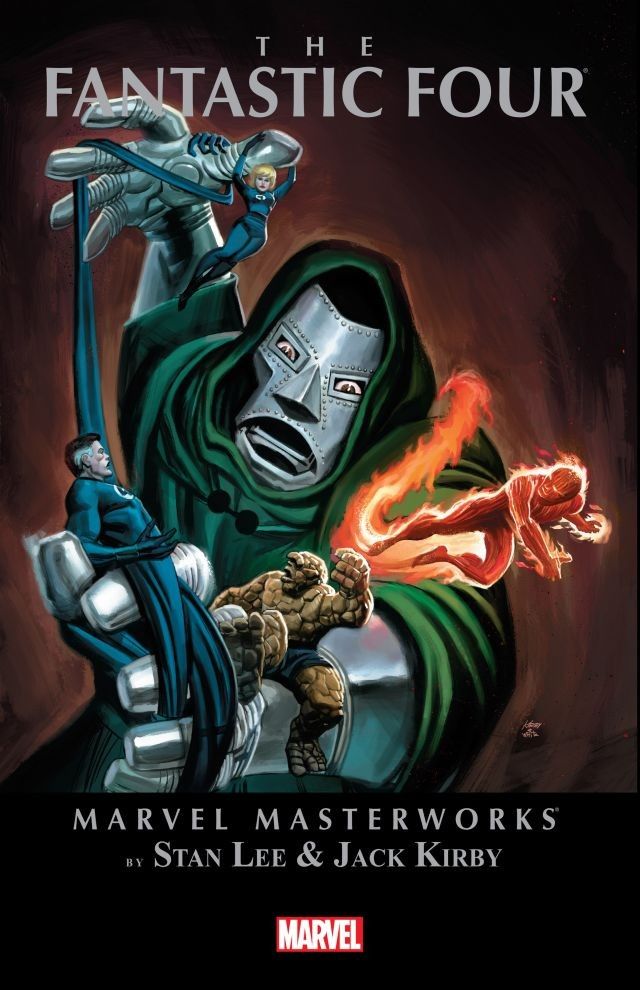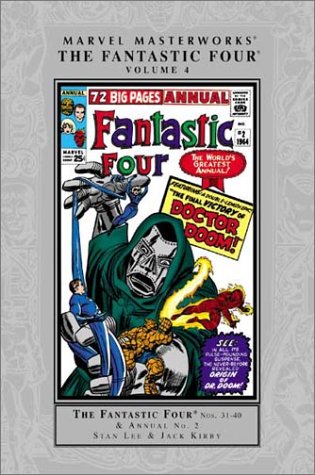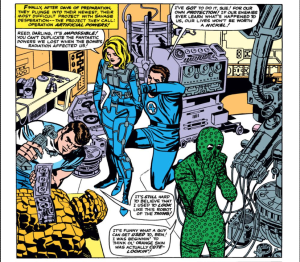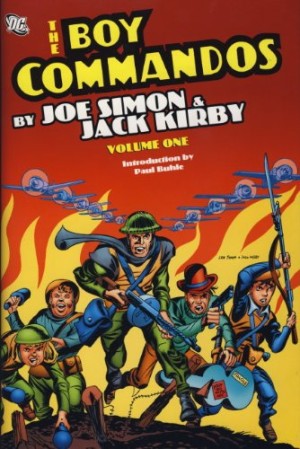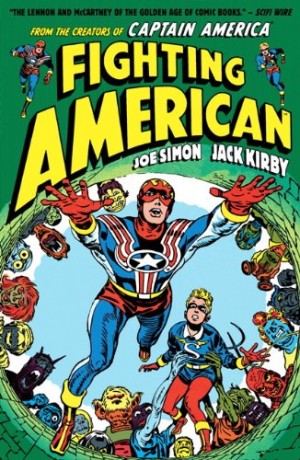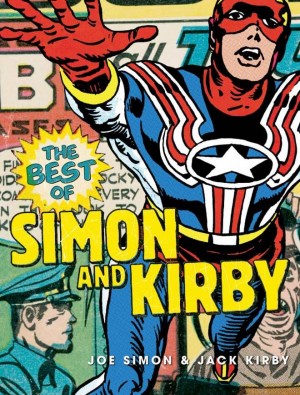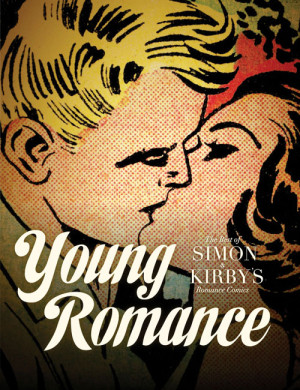Review by Graham Johnstone
This fourth of ten volumes reprinting Stan Lee and Jack Kirby’s extended run on Marvel’s flagship title starts with material from 1964 and continues into 1965.
It opens with the archly alliterative ‘The Mad Menace of the Macabre Mole Man’, where the FF’s first foe returns for another implausible attempt to take over the surface world. Kirby’s art is so inventive and genuinely thrilling, that few will pause to fret over the gaping plot holes. Those weaned on pseudo-photographic modern Marvel comics, may find this crude, but the action is so dynamic, the panels so brilliantly composed, and the inking so fluid. This is Kirby’s best work yet on the series.
The stories are also stronger. In one a personal connection prevents the group from fully tackling their foe. There’s a nice panel at this point, with public reactions: “You don’t mind catching crooks as long as they’re not friends or relatives, huh?” “He wouldn’t have escaped The Avengers!” This continues Lee and Kirby’s occasional meta-fictional messing with genre expectations. There’s more in ‘A House Divided’. The team turn against themselves – each convinced the others are imposters – robots or shape-shifting aliens – the Fantasticar and pogo plane are seized pending a divorce style split of assets. It’s all been contrived by billionaire Gregory Gideon, as part of a power play with his rival plutocrats. This is more fun story than message, but fifty years later, as the richest 1% amass a greater share of the worlds resources, it’s still topical, even prescient.
In it’s day Fantastic Four was notable for the characters having personalities, albeit limited ones by modern standards. Most interesting to consider here is Sue Storm: initially given the most passive, feeble power, as Invisible Girl. Lee and Kirby seem caught between their intrinsic liberalism, and the gender constructs of the time. On one occasion she invisibly pranks her fiancé Reed, and Ben and her own brother Johnny corner her for him. Next she’s lured with the promise of fashion ideas into a trap by Medusa and the Frightful Four, and taken hostage as bait to trap the others. Thankfully, she’s able to use her now expanded powers to save the FF from mortal danger.
By this volume the supporting characters are more developed. Gideon, for example, learns about the value of relationships, although it’s a bit too pat.
One of Lee and Kirby’s achievements was to make the reader believe that these fantastically powerful heroes might struggle or actually lose the battle. The final two stories here where Dr Doom takes over FF HQ the Baxter Building are a good example. Guest star Daredevil, the FF without their powers, and finally the restored Thing take on Doom in an extended and genuinely gripping struggle. Despite this, many tales are run of the mill.
By this time Kirby’s moved from a four tier to a less cramped three tier panel grid. He often fits the content of two panels into one with a panoramic double width. One remarkable splash page supplies several stages of the action: the submarine crew spot the FF; they rush to help; they pull them into the dingy up a rope ladder; and onto the top of the sub. This is several panels worth of story combined into a single brilliantly composed image. Overall both art and story are the best so far, but there was better to come.
These stories are also available in the second volumes of the Fantastic Four Omnibus, and budget Essential Fantastic Four editions.
